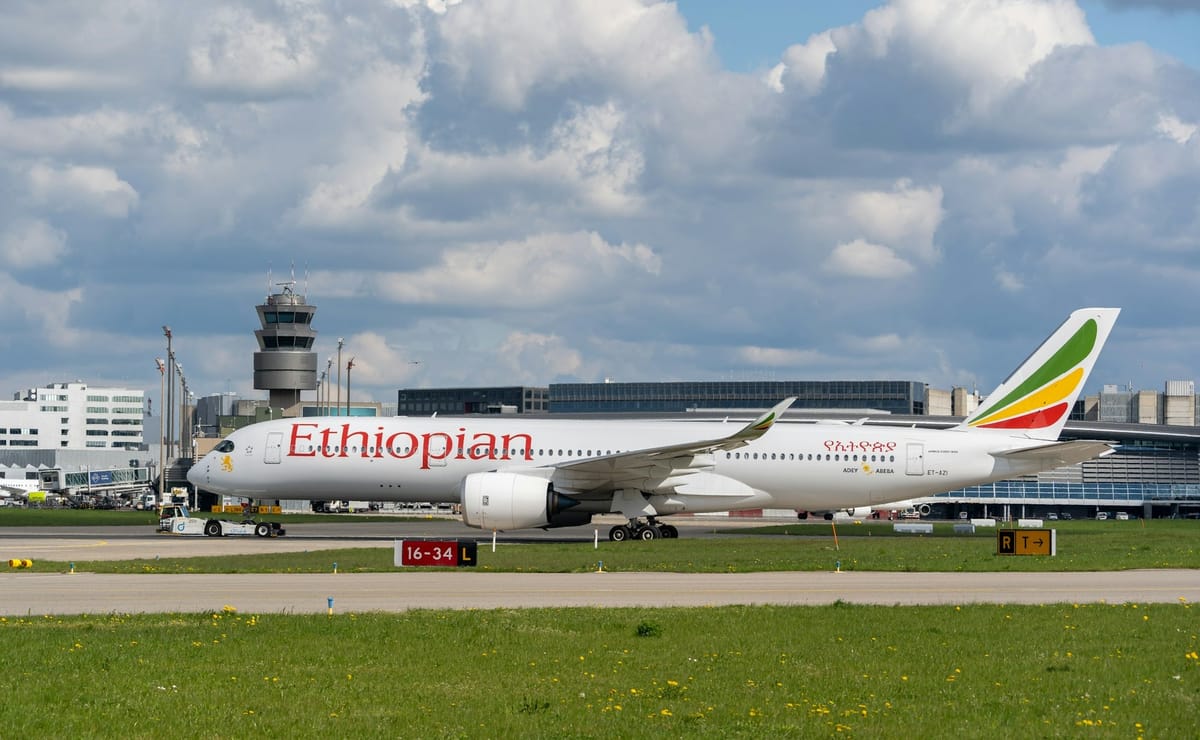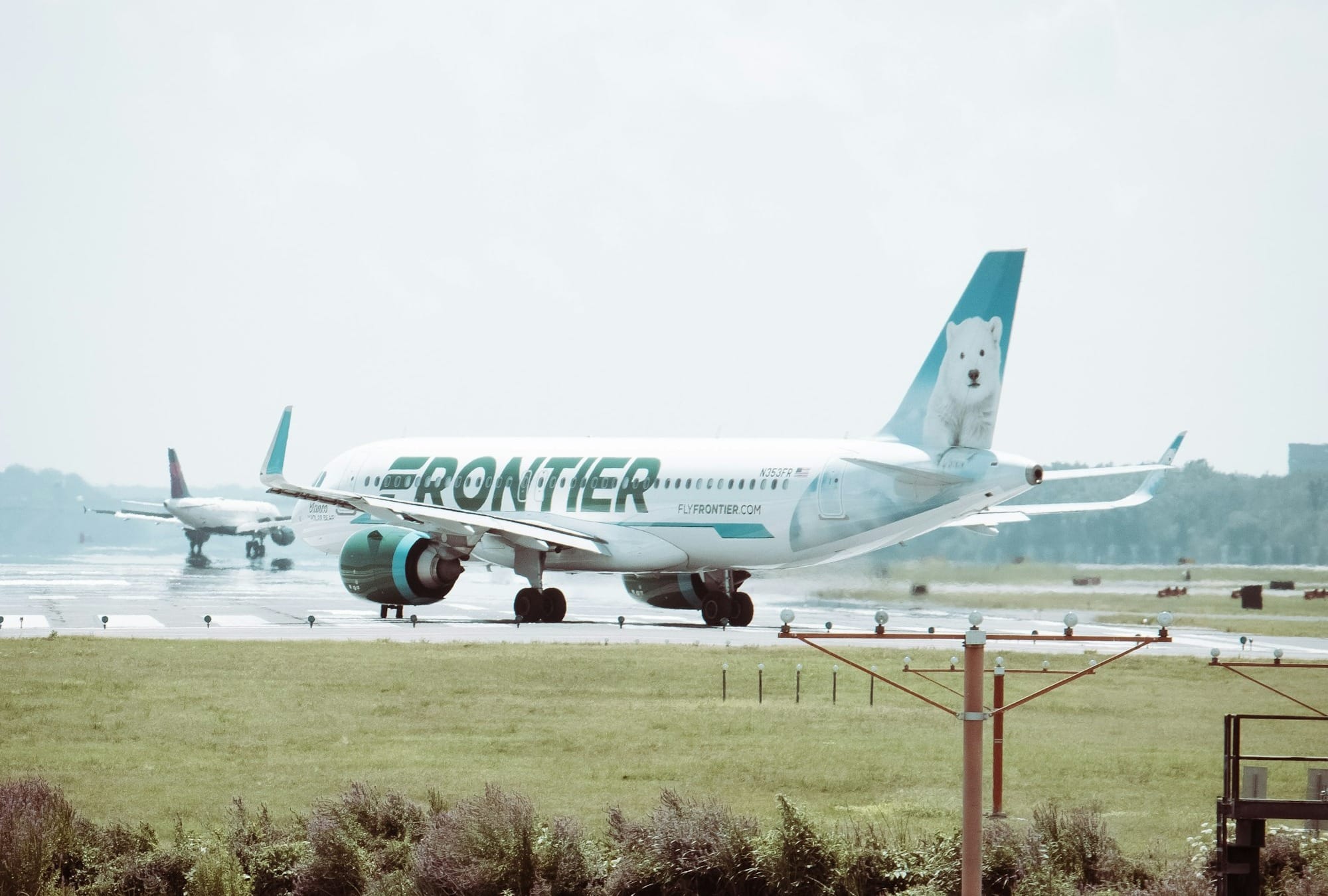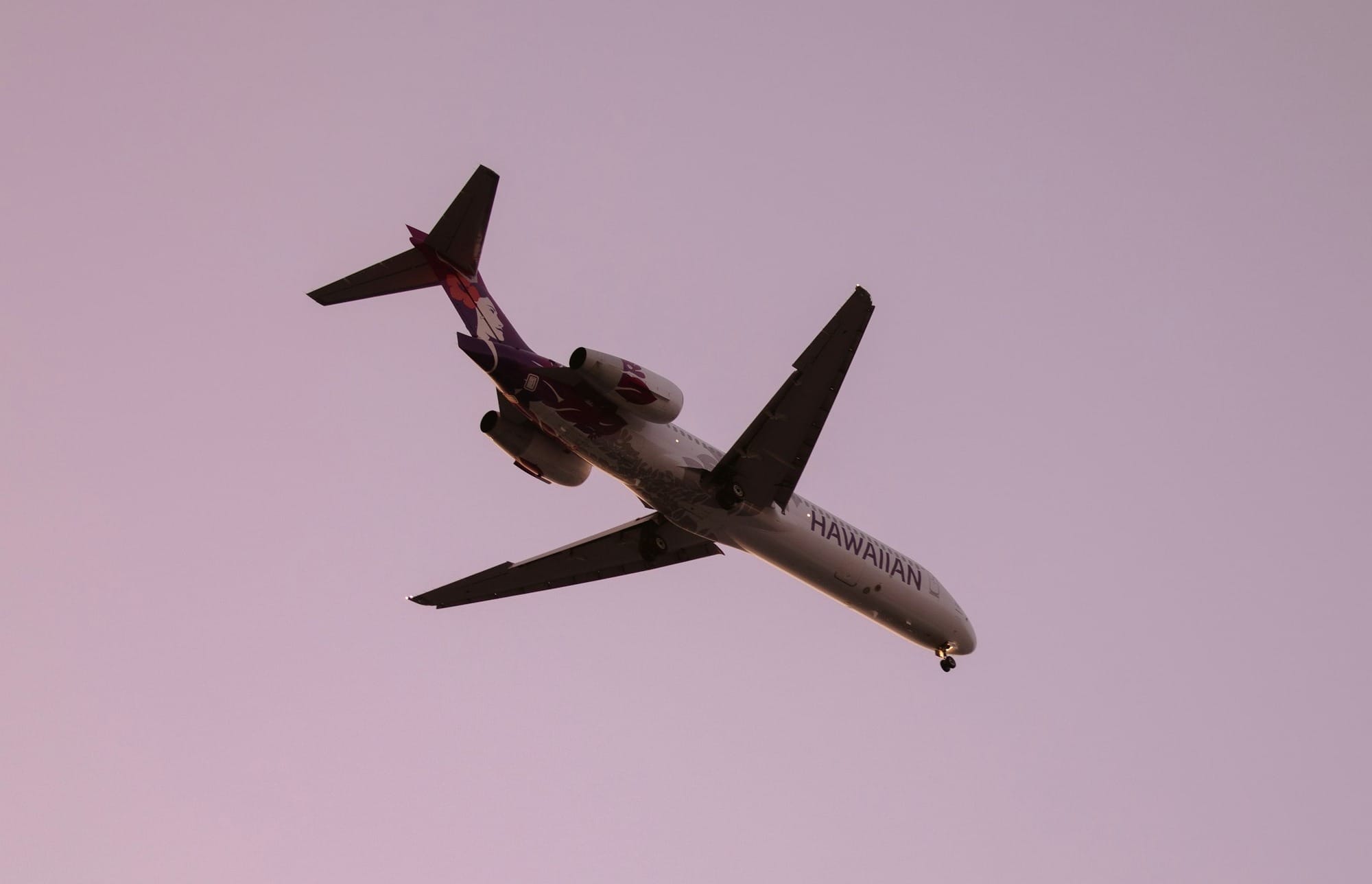African Airlines Set for Small Profit, According to IATA
The International Air Transport Association (IATA) has recently released a forecast indicating that African airlines are poised to achieve a small profit in the coming year, marking a significant turnaround for the continent's aviation sector.

African Airlines Set for Small Profit, According to IATA
Key Takeaways
- African airlines are projected to achieve a small profit in 2025.
- Recovery in air travel demand and improved operational efficiency are key drivers.
- Government support and strategic partnerships are crucial.
- Challenges such as high operating costs and infrastructure constraints remain.
Introduction
The International Air Transport Association (IATA) has recently released a forecast indicating that African airlines are poised to achieve a small profit in the coming year, marking a significant turnaround for the continent's aviation sector. This positive outlook comes after years of challenges and losses, signaling a potential shift in the fortunes of African carriers.
Profit Forecast for African Airlines
According to IATA's latest industry forecast, African airlines are expected to post a collective profit of approximately $100 million in 2025. While this figure may seem modest compared to other regions, it represents a notable improvement from the losses experienced in recent years and reflects the growing resilience and adaptability of African carriers in the face of various challenges.
Factors Contributing to the Optimistic Projection
Recovery in Air Travel Demand
The global aviation industry has been witnessing a steady recovery in air travel demand following the severe disruptions caused by the COVID-19 pandemic. Africa, while initially lagging behind other regions in terms of recovery, has been showing encouraging signs of growth in passenger traffic.
IATA reports that African carriers saw a 38.9% year-on-year increase in passenger traffic in April 2024, compared to the same month in 2023. This robust growth trend is expected to continue, driven by factors such as:
- Increasing vaccination rates across the continent
- Easing of travel restrictions and quarantine requirements
- Pent-up demand for both business and leisure travel
- Growing middle class in many African countries
Improved Operational Efficiency
African airlines have been making concerted efforts to enhance their operational efficiency, a crucial factor in achieving profitability in the highly competitive aviation industry. These efforts include:
- Fleet modernization: Many African carriers have been investing in newer, more fuel-efficient aircraft. For instance, Ethiopian Airlines, one of the continent's leading carriers, has been expanding its fleet with modern aircraft like the Airbus A350 and Boeing 787 Dreamliner.
- Cost management: Airlines have been implementing stricter cost control measures, optimizing routes, and improving resource allocation to reduce operational expenses.
- Digitalization: Adoption of digital technologies for ticketing, check-in, and other processes has helped streamline operations and reduce costs.
Government Support and Policy Reforms
Recognizing the critical role of aviation in economic development, many African governments have been providing support to their national carriers and implementing policy reforms to create a more favorable operating environment. Key initiatives include:
- Financial support: Some governments have provided financial assistance to help airlines weather the impact of the pandemic and invest in growth.
- Open Skies agreements: The implementation of the Single African Air Transport Market (SAATM) initiative, aimed at liberalizing air services across the continent, is expected to boost intra-African connectivity and create new opportunities for airlines.
- Infrastructure development: Investments in airport infrastructure and air navigation systems are helping to improve operational efficiency and safety.
Strategic Partnerships and Alliances
African airlines have been increasingly engaging in strategic partnerships and alliances to expand their networks, share resources, and improve their competitive position. Examples include:
- Kenya Airways and South African Airways signing a Strategic Partnership Framework in 2021, aimed at eventually creating a pan-African airline group.
- RwandAir's partnership with Qatar Airways, which includes codeshare agreements and potential equity investment.
These collaborations allow African carriers to leverage each other's strengths, access new markets, and achieve economies of scale.
Focus on Cargo Operations
The cargo segment has been a bright spot for many airlines during the pandemic, and African carriers have been capitalizing on this trend. IATA reports that African airlines experienced a 12.3% year-on-year increase in cargo volumes in April 2024. Many African airlines have been expanding their cargo operations, recognizing the potential for growth in this segment. For instance:
- Ethiopian Airlines has been investing in its cargo fleet and facilities, positioning itself as a major player in the African air cargo market.
- Kenya Airways has converted some of its passenger aircraft to freighters to meet the growing demand for cargo services.
Challenges and Risks
While the outlook for African airlines is improving, several challenges and risks remain:
- High Operating Costs: African airlines continue to face high operating costs, including fuel prices, taxes, and airport charges, which can erode profitability.
- Infrastructure Constraints: Despite improvements, many African airports and air navigation systems still require significant upgrades to support growth and improve efficiency.
- Safety and Security Concerns: While African aviation safety has improved significantly in recent years, continued focus on safety and security enhancements is crucial for building passenger confidence and attracting international partners.
- Economic Volatility: Economic uncertainties and currency fluctuations in some African countries can impact airline revenues and costs.
- Competition from Foreign Carriers: African airlines face stiff competition from well-resourced international carriers on key routes, particularly to and from Europe and the Middle East.
Outlook and Implications
The projected return to profitability for African airlines, albeit modest, is a positive development for the continent's aviation sector and broader economy. A thriving airline industry can contribute significantly to economic growth, job creation, and connectivity across Africa.
Kamil Al Awadhi, IATA's Regional Vice President for Africa and the Middle East, commented on the forecast: "The resilience shown by African airlines in the face of unprecedented challenges is commendable. While the projected profit is small, it represents a turning point and demonstrates the potential for growth in African aviation. However, sustained profitability will require continued focus on cost management, operational efficiency, and supportive government policies."
The positive outlook for African airlines could have several implications:
- Increased Investment: The return to profitability may attract more investment into the sector, both from within Africa and from international partners.
- Enhanced Connectivity: Profitable airlines are better positioned to expand their networks, potentially leading to improved air connectivity within Africa and between Africa and other continents.
- Economic Growth: A stronger aviation sector can support economic growth by facilitating trade, tourism, and business travel.
- Job Creation: As airlines expand and become more profitable, they are likely to create more jobs directly and indirectly in the aviation and related sectors.
- Technological Advancement: Profitable airlines are better positioned to invest in new technologies, improving operational efficiency and passenger experience.
Conclusion
The IATA forecast of a small profit for African airlines in 2025 represents a significant milestone in the recovery and growth of the continent's aviation sector. While challenges remain, the positive outlook reflects the resilience, adaptability, and potential of African carriers.
As African airlines navigate the path to sustained profitability, continued collaboration between airlines, governments, and industry stakeholders will be crucial. By addressing persistent challenges, leveraging emerging opportunities, and maintaining a focus on operational excellence, African airlines can play a pivotal role in driving economic growth and connectivity across the continent.
The coming years will be critical in determining whether this positive trend can be sustained and expanded. If successful, a thriving African airline industry could be a powerful catalyst for the continent's economic development and integration into the global economy.
Summary
African airlines are projected to achieve a small profit in 2025, marking a significant turnaround for the continent's aviation sector. Key factors contributing to this positive outlook include recovery in air travel demand, improved operational efficiency, government support, strategic partnerships, and a focus on cargo operations. However, challenges such as high operating costs, infrastructure constraints, safety concerns, economic volatility, and competition from foreign carriers remain. The projected return to profitability could attract increased investment, enhance connectivity, support economic growth, create jobs, and drive technological advancement.
Q&A Section
Q: What is the projected profit for African airlines in 2025? A: African airlines are expected to post a collective profit of approximately $100 million in 2025.
Q: What factors are driving the recovery in air travel demand in Africa? A: Factors driving the recovery include increasing vaccination rates, easing of travel restrictions, pent-up demand for travel, and a growing middle class.
Q: How are African airlines improving operational efficiency? A: African airlines are improving operational efficiency through fleet modernization, cost management, and digitalization.
Q: What role do governments play in supporting African airlines? A: Governments provide financial support, implement policy reforms, and invest in infrastructure to create a favorable operating environment for airlines.
Q: What are some examples of strategic partnerships among African airlines? A: Examples include the partnership between Kenya Airways and South African Airways, and RwandAir's partnership with Qatar Airways.
Q: What challenges do African airlines face despite the positive outlook? A: Challenges include high operating costs, infrastructure constraints, safety and security concerns, economic volatility, and competition from foreign carriers.
Q: What are the potential implications of the projected profitability for African airlines? A: Potential implications include increased investment, enhanced connectivity, economic growth, job creation, and technological advancement.



